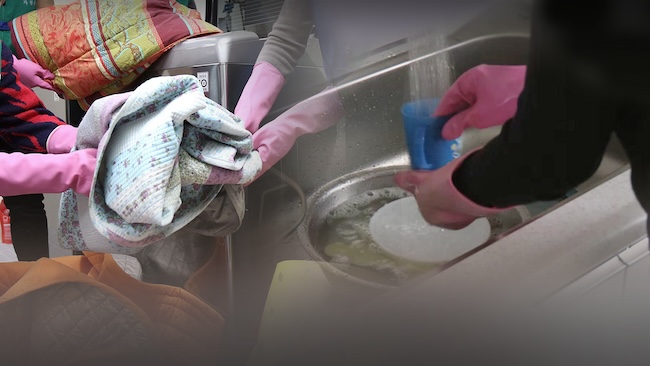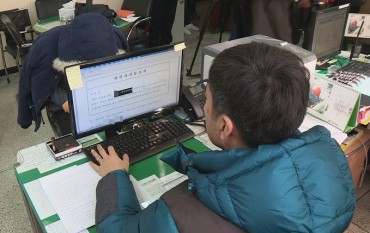
Annual value of household labor services in South Korea has surged to an estimated 500 trillion won. (Image courtesy of Yonhap)
SEOUL, Dec. 6 (Korea Bizwire) – A study released by the Statistics Research Institute of Statistics Korea on December 5 revealed that the annual value of household labor services in South Korea has surged to an estimated 500 trillion won. Notably, there exists a significant 2.6-fold difference in contributions between men and women.
Based on the 2019 Household Time Use Survey, the calculated value of household labor services witnessed a substantial increase of 129.4 trillion won compared to 2014, amounting to 490.9 trillion won. This figure equates to roughly 25.5 percent of the South Korea’s Gross Domestic Product (GDP).
Breaking down the figures by gender, the study highlighted that women contributed significantly more to the value of household labor services, generating 356 trillion won, compared to the 134.9 trillion won attributed to men. However, the institute cautioned that this calculation employed wage standards from the Ministry of Employment and Labor’s survey on working conditions by employment type, suggesting a potentially lower actual disparity.
Delving into age demographics, the analysis indicated that the labor force, those aged 15 to 64, accounted for a dominant 410.5 trillion won, representing 83.5 percent of the total value. Conversely, the elderly population (16.5 percent) shared most of the household labor responsibilities.
Analyzing age-specific consumption patterns of household labor services revealed that the age group 0-4 years exhibited the highest consumption, averaging 36.4 million won per person. In contrast, the age of 20 marked the lowest consumption at 3.9 million won. An intriguing “L-shaped” pattern emerged, depicting a sharp decline in service consumption from age 0 to 20, followed by a gradual increase.
Song Joon-hyuk, director of the Statistics Research Institute, remarked, “The National Time Transfer Account offers a vital lens to understand the intricate structure and dynamics of household labor service production and consumption across genders, age groups, and households. It is hoped that this data will prove instrumental in shaping diverse government policies and serve as foundational material for academic research in the realms of caregiving and family support.”
M. H. Lee (mhlee@koreabizwire.com)






